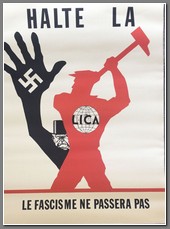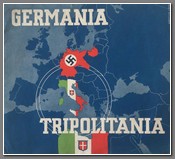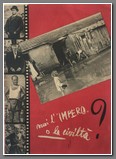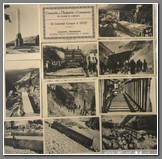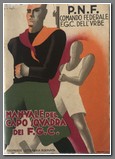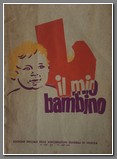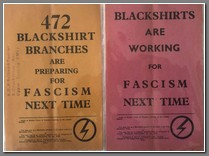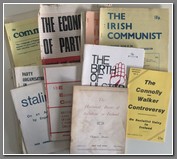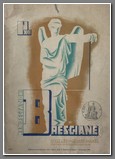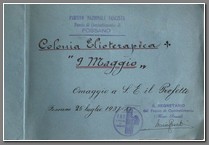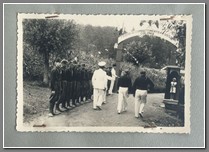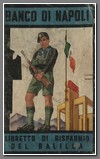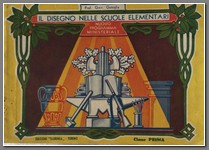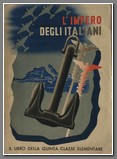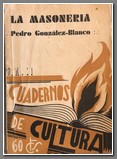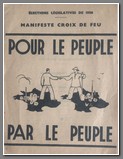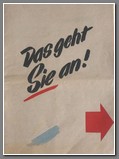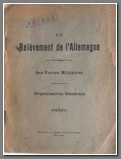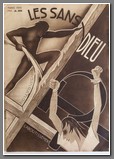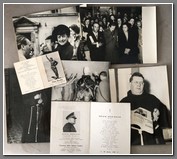EPM 286Rare anti-fascist flyer created by the Italian Republican party, printed in 1943. It contrasts Italy’s empire and fascism, with the effect on the people during the war. It then presents an optimistic view under the Republicans. Rare.
Price: $300.00
Note from Wikipedia: The Republican party (PRI) is the oldest political party in Italy that is still standing. In exile under Mussolini, it reemerged after July 25,1943 with the resumption of the publication of La Voce Repubblicana , proclaiming the reconstitution of the Italian Republican Party in Rome. Furthermore, on 9–10 October of the same year a new Congress of the party in exile was held in Portsmouth and on the following 5 December in Milan a clandestine Congress of Upper Italy.
The PRI decided not to be part of the National Liberation Committee (CLN) , the assembly of anti-fascist parties created after 8 September 1943 . The republicans, always hostile to the Savoys , did not approve of the CLN's choice to consider the monarchy legitimate
The war of resistance saw the participation of many republicans always through their own armed formations called the Mazzini Brigades, especially after the liberation of Rome
On 2 June 1946, with the institutional referendum, the Italian people chose the republican form and the PRI finally saw its fundamental prejudicial satisfied. The phase of participation in the governments of the Italian Republic therefore began in the party's politics.

